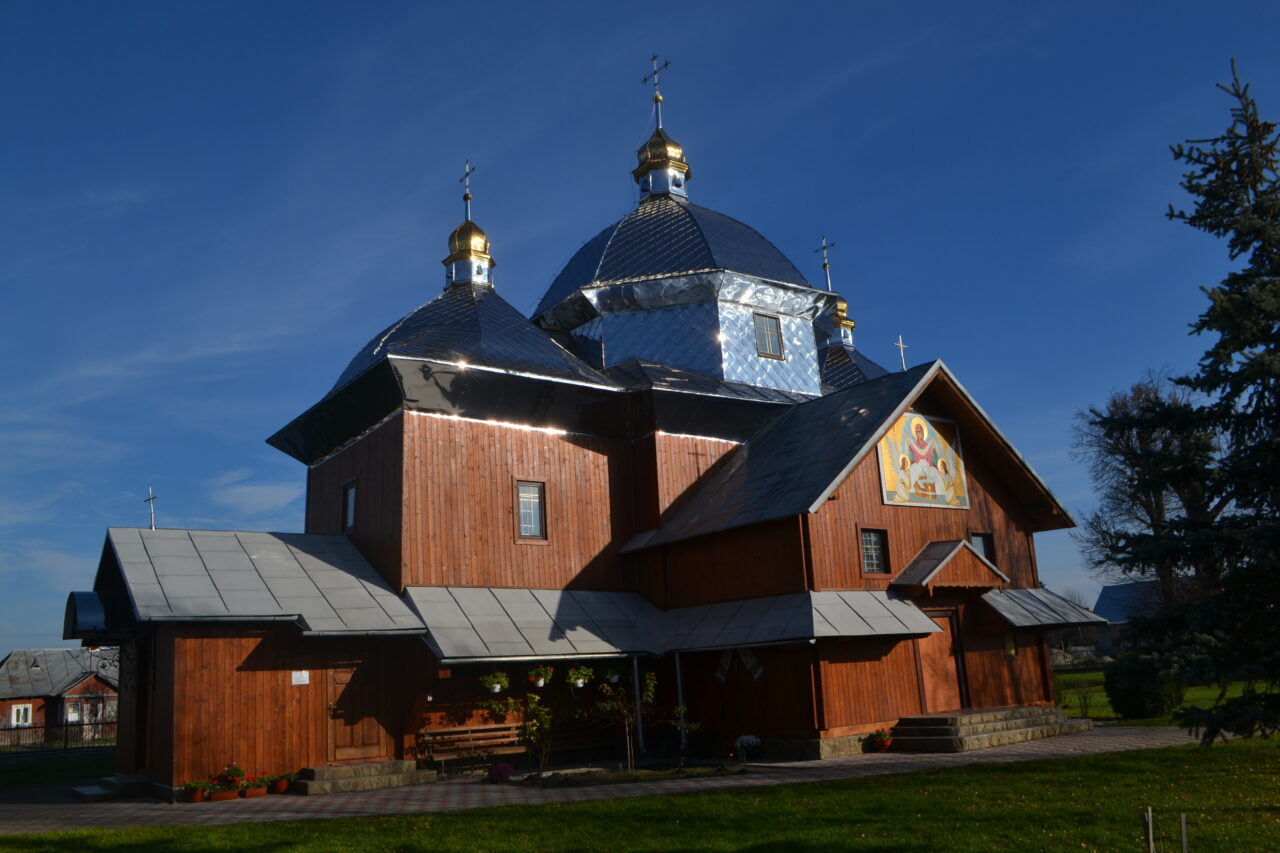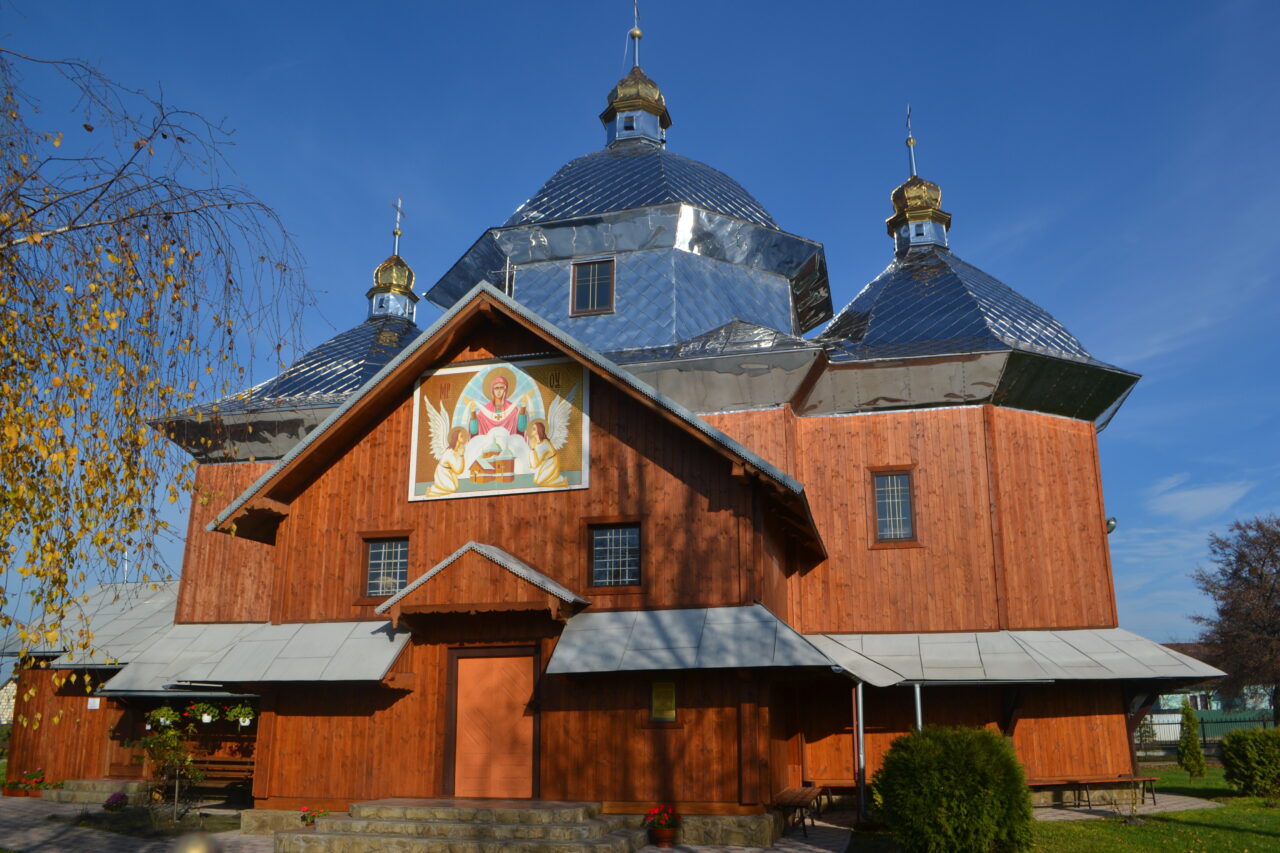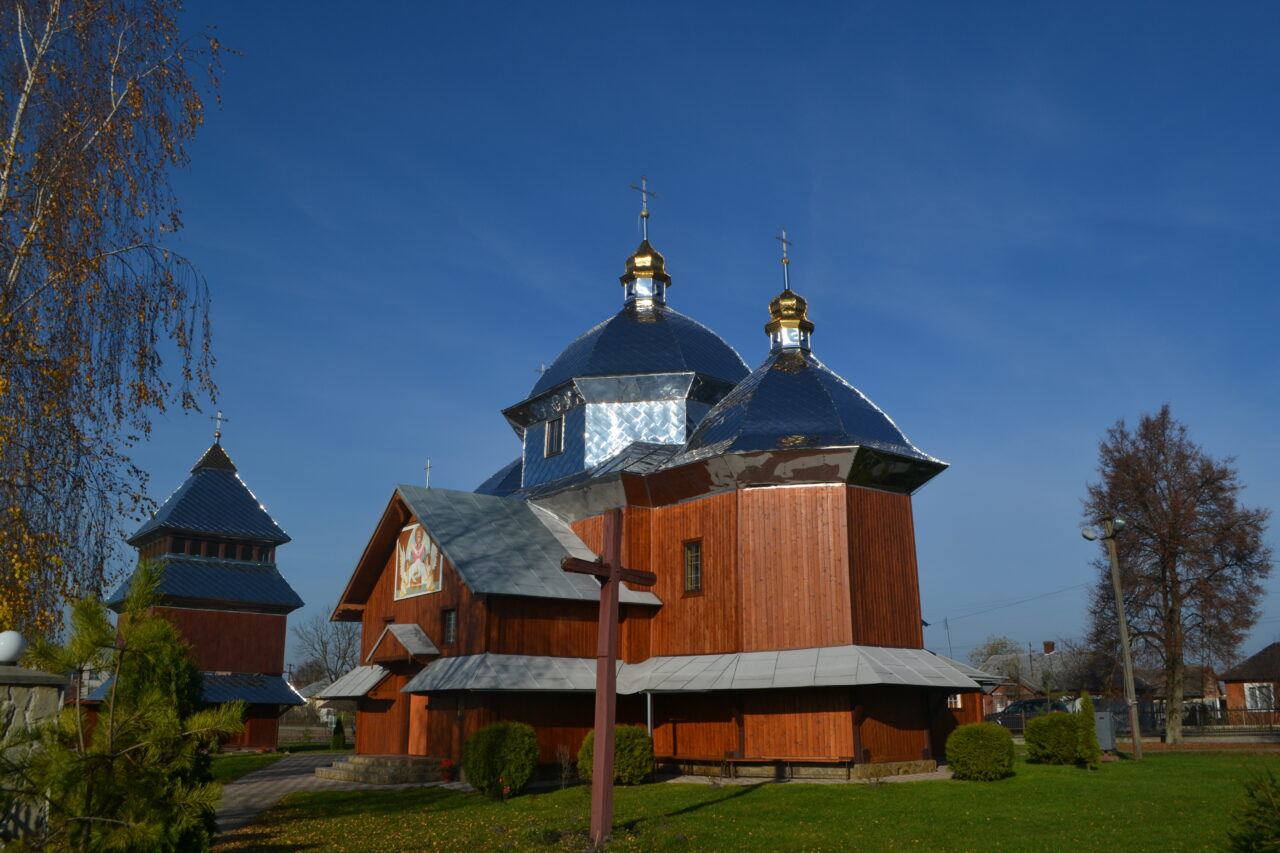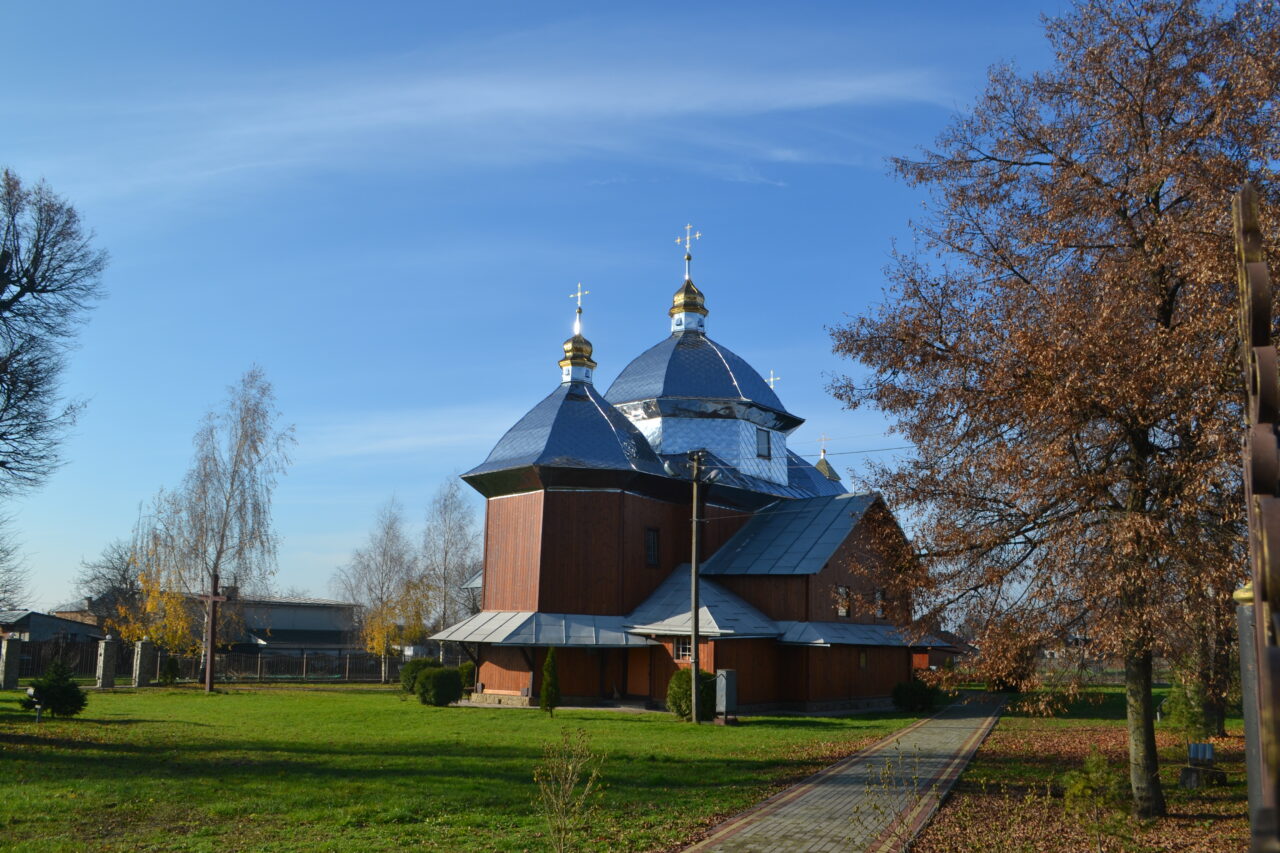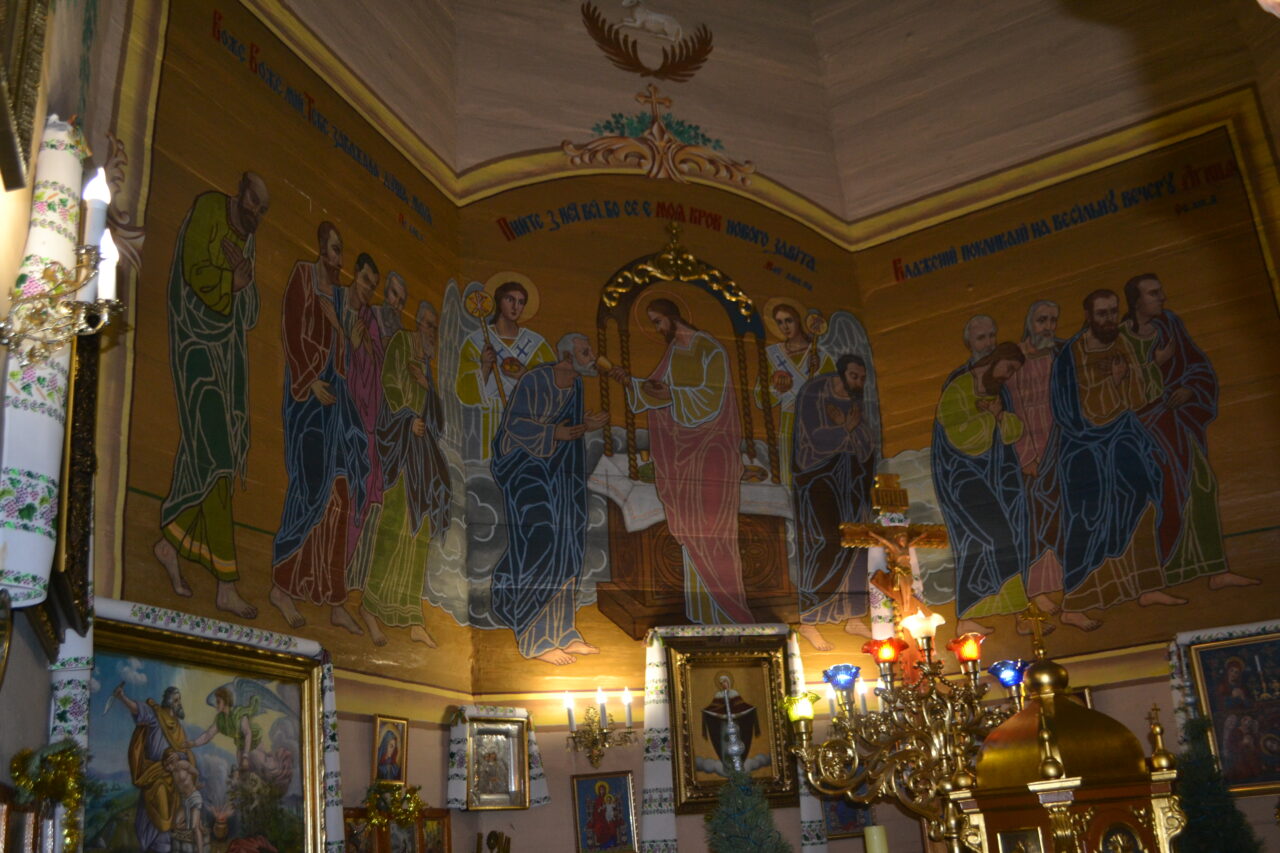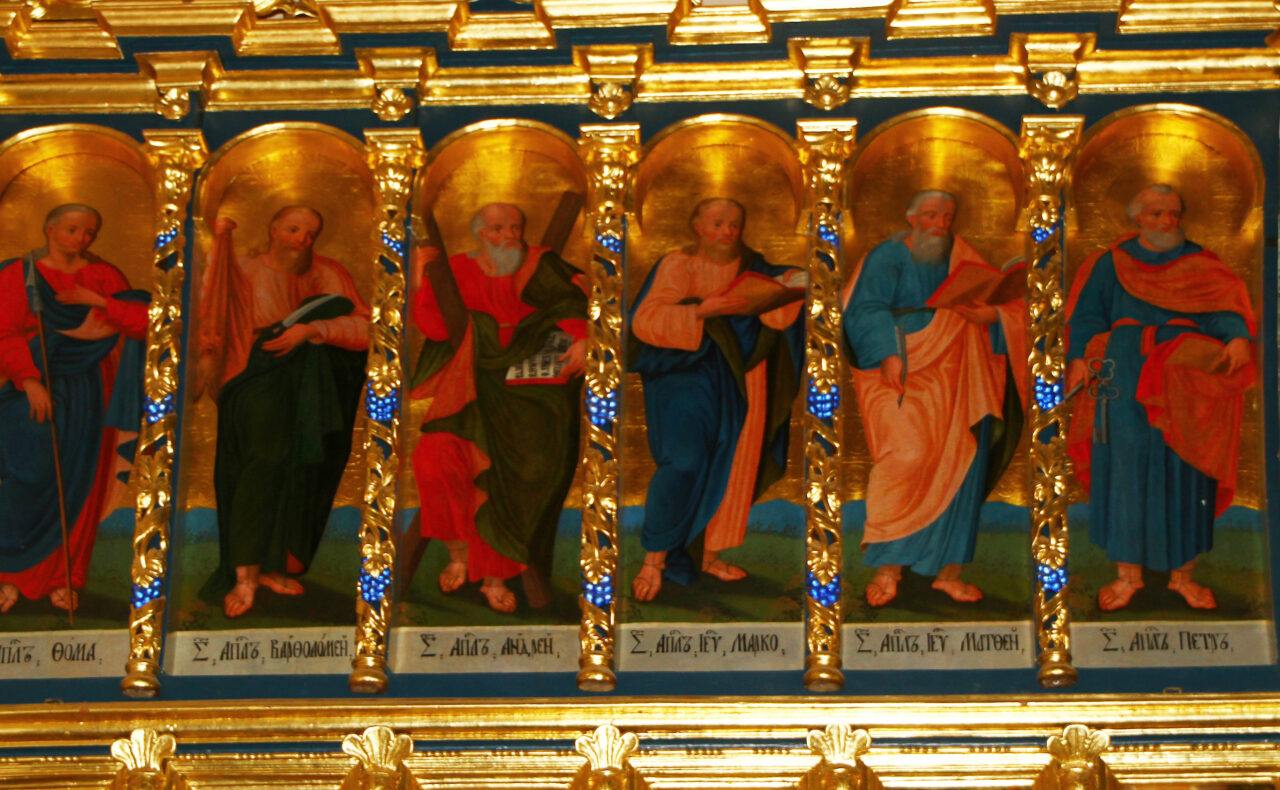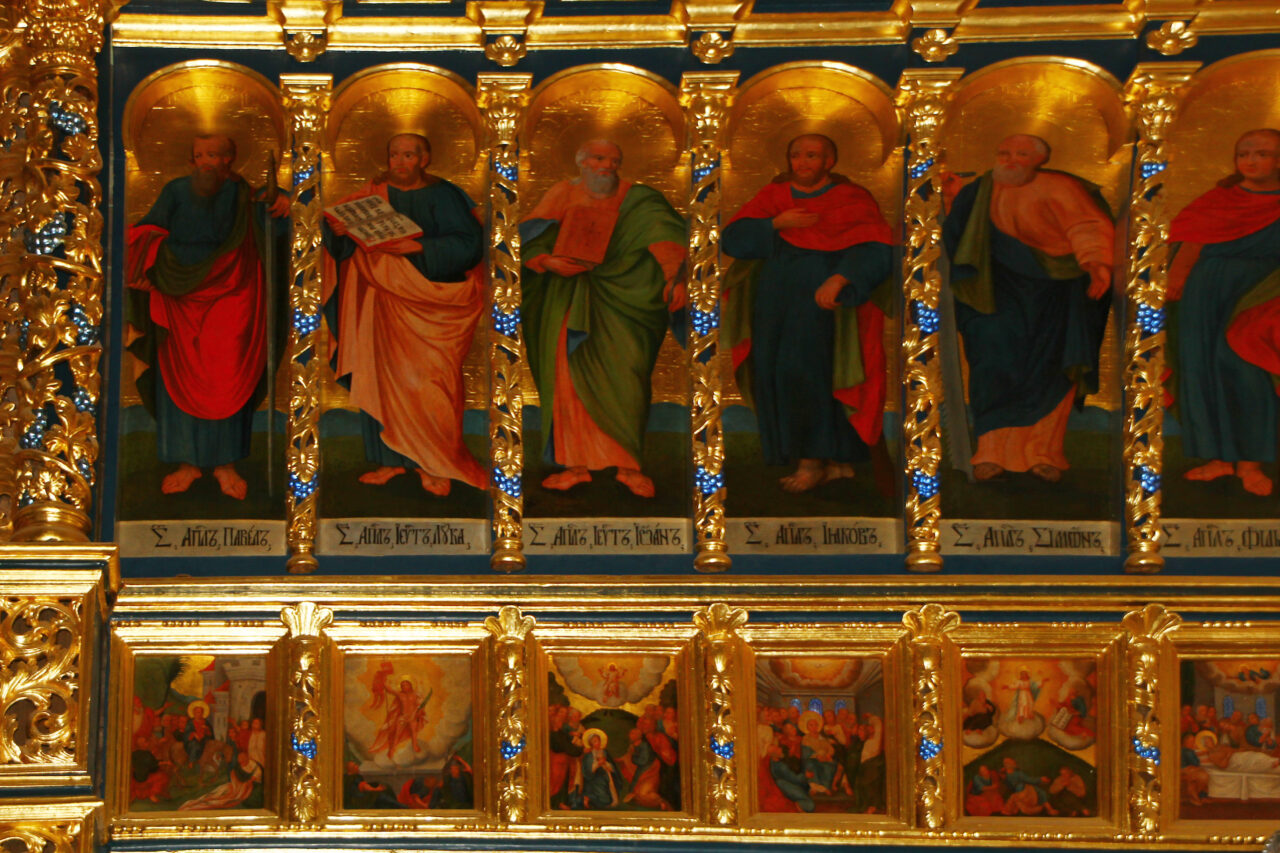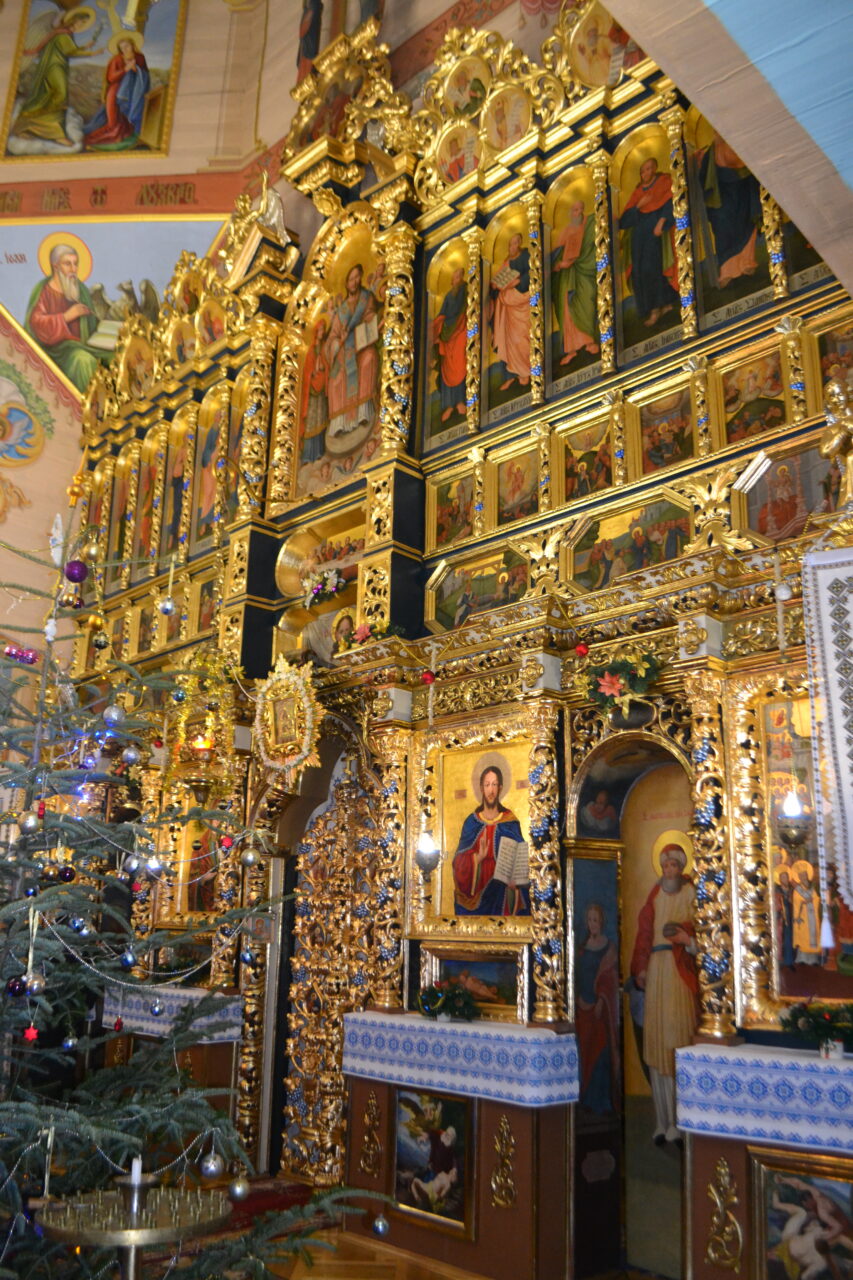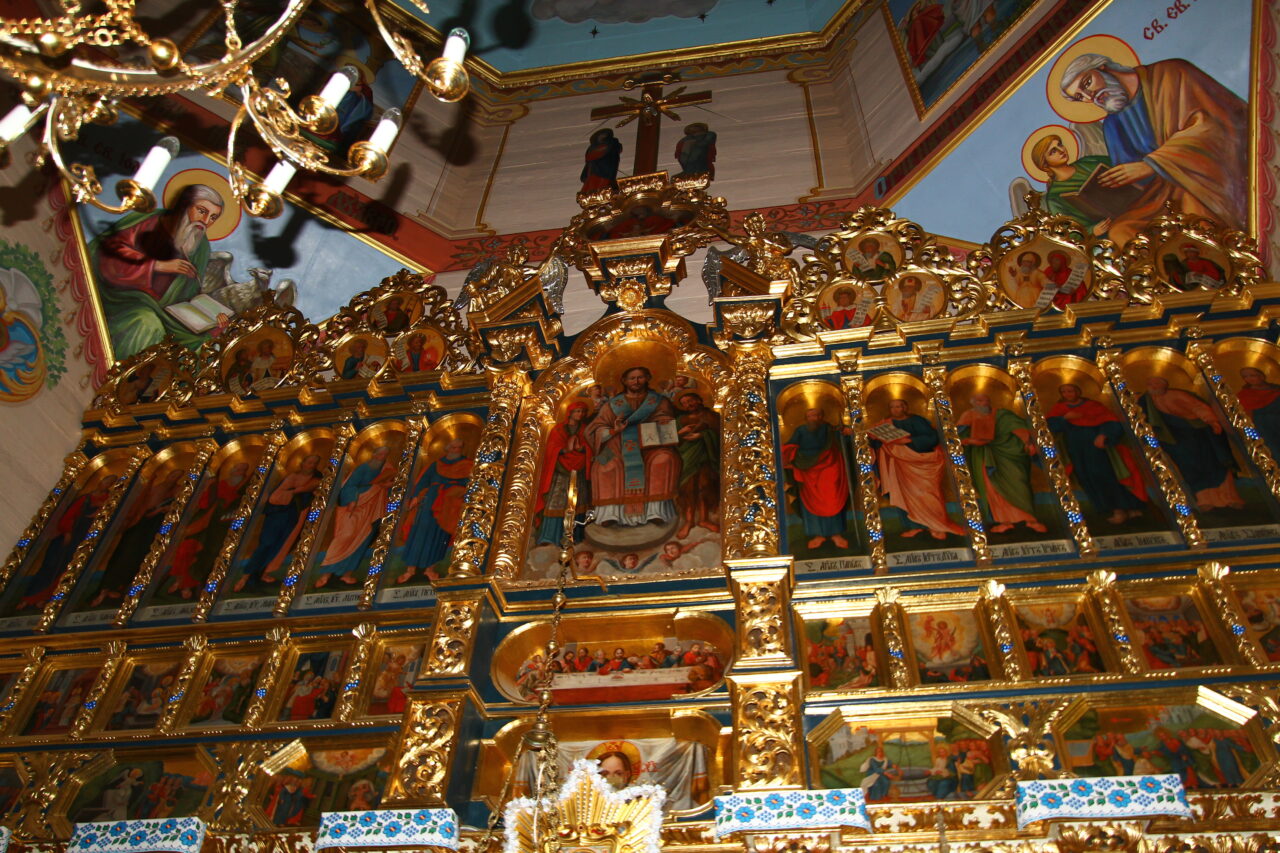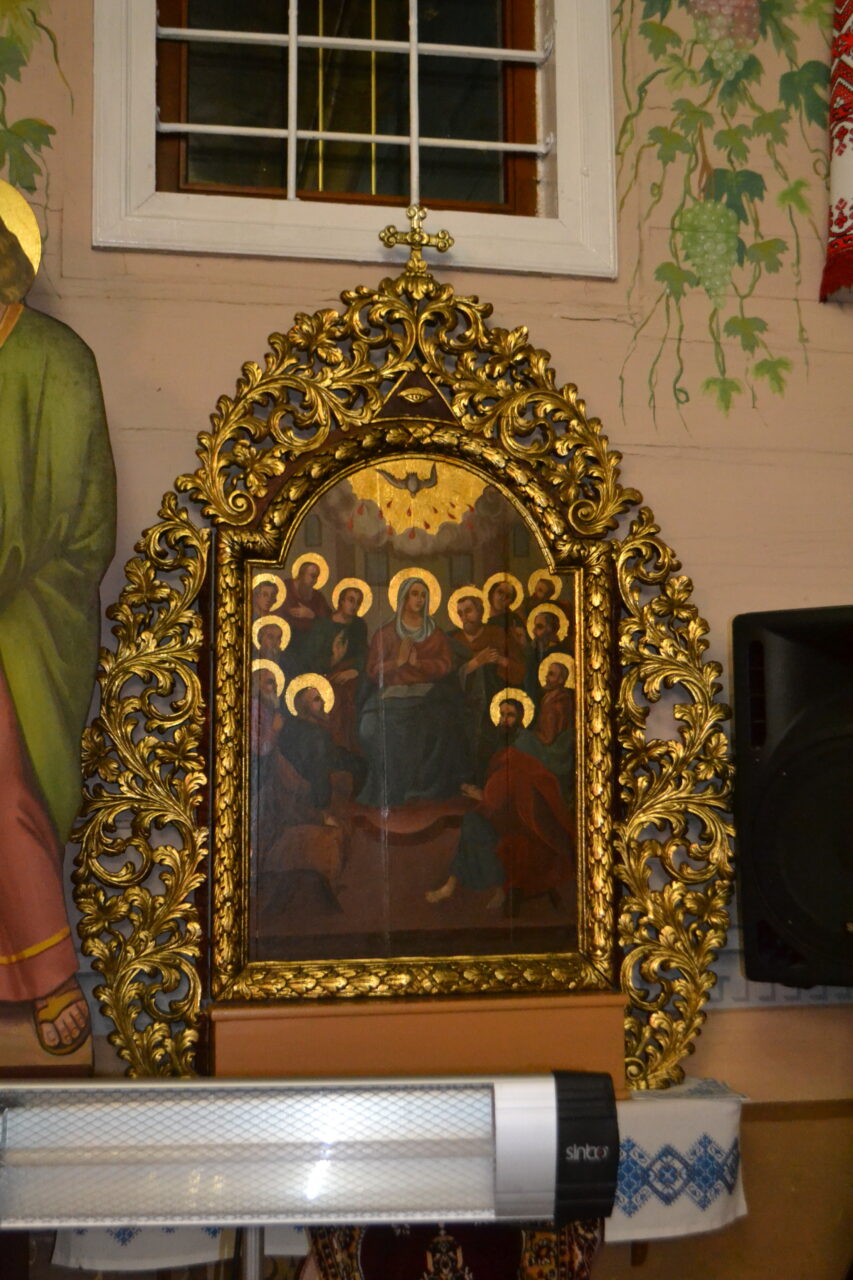The village of Vuzlove, surrounded by pine and oak forests and large peat deposits, is located in the northern part of Lviv region in its plane areas. This is where the true Volyn begins. The history of the village is unique and divided into two extremely different periods – pre-Soviet and the Soviet one. Thus, originally the village was named Kholoiiv and known since 1462. Local residents mention that there had been a fortified castle situated in the area called Val and its ruins survived until the 19th century. The village was situated on the so-called “Black Road” used not only by merchant caravans but also by conquerors, and once in a while the village would be destroyed to the ground. The apt location of Kholoiiv contributed to its countless revival and development. Kholoiiv was had the status of a town from the mid-17th century till 1939, later, in the early 20th century it became a big residential area with developed brick-tile, butter and distillery industries.
When World War II ended, Kholoiiv was renamed Vuzlove in 1946. In 1970, the Soviet authorities decided to make it “a role model” among other villages that had to demonstrate socialistic advantages to all world leaders and show how happy are the people who live in the USSR. Almost everything here represented the communist tradition – a model of the village, a model of a successful collective farm and all this should paint a bright and optimistic picture. There were recreation areas outside the residents’ houses: squares with playgrounds, an administrative building in the center of the village, a kindergarten, a hotel, a restaurant and a department store. Before such drastic changes were introduced, the Church of the Nativity of the Blessed Virgin Mary, built in 1914, was knocked down in 1968.
Surprisingly, despite the grand reconstruction of the village, the wooden Church of the Intercession of the Blessed Virgin Mary, built in 1724 and included in the list of architectural monuments of national importance, managed to survive. It is known that the church was built by the joint efforts of the community and the fraternity on the money donated by Count Felix Mier, the owner of the area. Initially the church resembled a ship, which is the most ancient form for orthodox churches because it symbolizes Noah’s Ark, which takes the faithful to salvation through the sea of life.
In 1896, the church was reconstructed into the form of a cross which reminds about the crucifixion of Jesus on Golgotha and serves as a symbol of salvation of the humankind. The building turned out quite large and had five entrances. Its walls were freshly painted. A frame bell-tower, which built in the 18th century at the same time as the church, was renovated as well.
The church was significantly repaired in 1932 with the finance support from Count Stanislaw Badeni. The walls were fortified, two new domes were manufactured and a tin roof was placed. Unfortunately, the authentic shingle roof was removed. Decorative mural paintings were also changed. Yuriy Mahalevskyi and Petro Kholodnyi were the artists who worked on their renovation. It is interesting to know that these two men, who came from Central Ukraine, contributed to painting the walls of this church. They actively participated in the Ukrainian liberation campaign of 1917-1920 (Mahalevskyi was a head of the Commissariat of Education, whereas Kholodnyi worked as a Minister of People’s Education in the Ukrainian People’s Republic) and because of the Bolshevik persecution they had to run to the Western Ukraine, at that time occupied by Poland. There they could finally apply their talents in painting and restoration to a full extent. Hence it is easy to understand why Yuriy Mahalevskyi painted the walls in Poltava style depicting Cossacks and monks marching hand-in-hand in the spiritual procession. Petro Kholodnyi painted a range of icons in the church and manufactured stained-glass windows.
The last time the church was refurbished in 2010 – the walls over the ambulatory were lined with log slabs, and the roof was covered with tinplate. Today, when looking at the renovated building, it is difficult to find evidence of the 18th -century church.
The Baroque iconostasis is the most incredible element in the church, having gone through a number of rebuildings and reconstructions of the church. Created by artists in the 18th century, it is as ancient as the church itself, and is a proof of the high level of artists’ skills. It is believed to have been made by two monks from the Krekhiv Monastery. The locals say that King John III Sobieski donated money for the iconostasis in 1683, just before the Battle of Vienna. The unmodified authentic iconostasis attracts tourists who are keen on antiquities.

